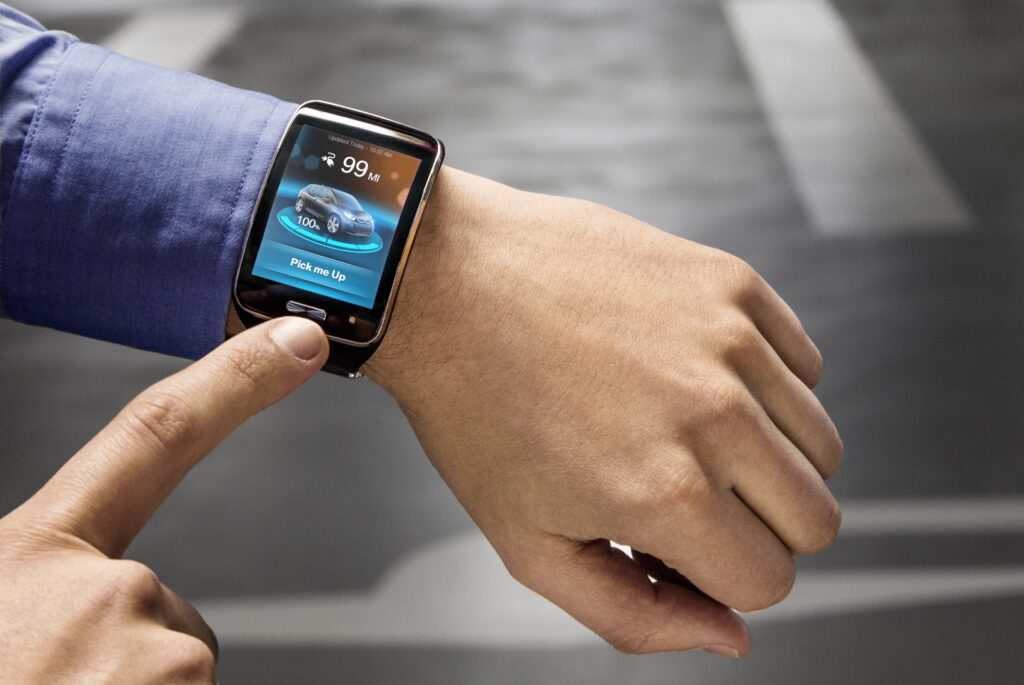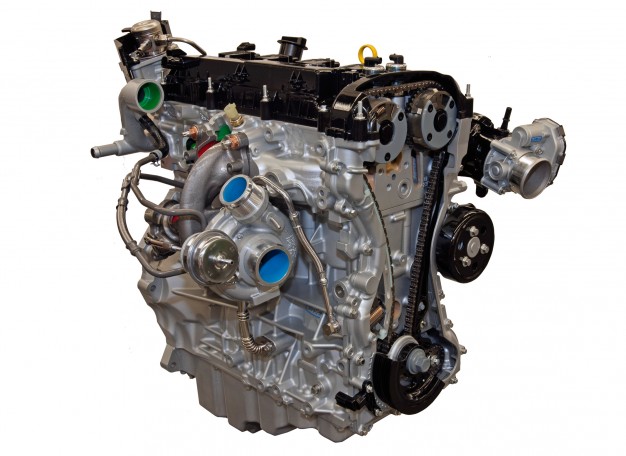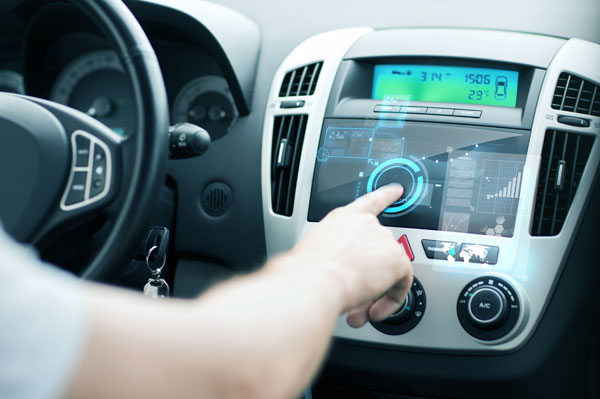In recent news, you may have read about the new Tesla Model 3 that has been launched to join its fleet of electric vehicles. Tesla is currently the main manufacturer of autonomous vehicles. With self-learning Tesla’s that communicate with each other, updating thousands of onboard computers that relay driving information to other Tesla models worldwide, relaying speed, braking and steering angles required to navigate across the worlds road system. For example an owner of a Tesla Model X in London navigating past the Queen’s house will be relaying driving inputs and information to another Tesla thousands of miles away on the other side of the world. This system Tesla have implemented in all their models is constantly being developed and will eventually take ownership of any human input.
With this new technology constantly evolving, other manufacturers have introduced autonomous features like Volvo’s City Safe: an automated system that will perform an emergency stop up to 31mph, this sort of tech is great for motorway jams or town driving reducing the amount of low speed rear-end shunts. BMW, Mercedes Benz, Audi and Volkswagen have developed systems like adaptive cruise control. These are systems that allow the driven vehicle to lock onto the back of a vehicle in front whilst matching its speed. In some cases depending on gearbox and manufacturer, these systems can bring the vehicle to a complete stop, and then carry on leaving the driver to just make steering inputs.
So what about autonomous parking? These days you can buy a Ford Fiesta that has been equipped with park assist. These systems use an array of sensors and bumper-mounted cameras, allowing the vehicle to drive past a row of cars whilst calculating the distance between them for the perfect autonomous parallel park.
The next step is an autonomous parking system allowing the driver to park the car whilst being outside the vehicle. This system would be beneficial for a tight multi-story car parking space or an inner city single garage. We have all been there, you’ve pulled in to a multi-story car park and the only space seems to be the one next to a concrete bollard. So you get parked up but then have to get the passenger to hold the door edge while you get out as it is so tight.
This new system allows the driver to be outside the vehicle while using the display key or a mobile device to control it (similar to a giant remote control car). The vehicle has a number of sensors dotted around it, helping it monitor its surrounding and allowing it to park itself while not bouncing off other objects. These sensors also act as a safety device, monitoring objects that may roll into its path deactivating the manoeuvre until it is safe to carry on. Once the car has manoeuvred into the space you can turn the engine off. You can also turn the engine back on from outside the vehicle before calling it back out of the garage or space without having to try and squeeze in the car causing any damage.
This system is under some criticism from certain countries making it illegal to use. Reasons behind this are that the driver should be in control of the vehicle, in some cases even being present in the vehicle for insurance purposes.
So, as a round up, we have this futuristic technology but with archaic laws, that could not have dreamed of driverless technology, which means autonomous tech is not as readily available or welcomed as we may like.
Take a look at BMWs self parking vehicle.
A turbocharged future with AET
Whatever the future holds, AET will be there to keep your turbocharger in top condition. We’re there to help when things go wrong, and with more than 40 years experience working on turbochargers of all types, we provide a full range of repairs and high quality replacements designed to get you back on the road.
For further information on any of our services, call us today on 01924 894171.



